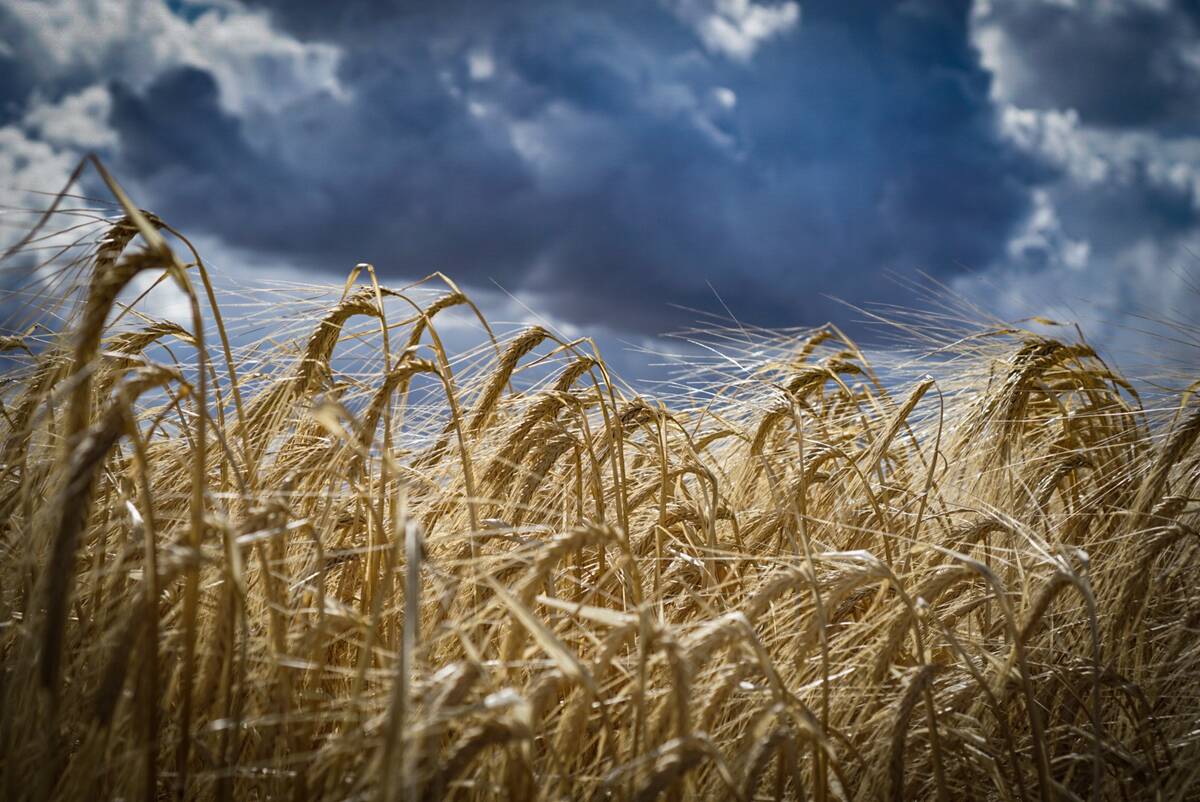On every working day in Canada’s federal red meat processing system, an army of veterinarians and inspectors are on the floor ensuring operations are safe and hygienic.
The system has been refined over the years to the point where every federal plant must have a hazard analysis critical control points program, also known as HACCP, in place to check every animal that enters the plant.
“We’ve got a good system. We have always had inspectors and veterinarians in federal plants looking at every single carcass and animal. New programs like the HACCP program has helped us focus and be better monitors,” said CFIA veterinarian Connie Taylor.
Read Also

Malting barley exporters target Mexican market
Canada’s barley sector is setting its sights on the Mexican market to help mop up some of the lost demand from China
“There has been a big change in the way we do things and most people don’t realize there is as much monitoring of the actual carcasses that there is,” said Taylor, who works at Cargill Foods in High River.
The vets ensure all animals are treated humanely. They oversee them before and after death to make sure they are fit for human consumption.
Each carcass undergoes a thorough checklist of monitoring from the time it is killed until the meat leaves the plant.
Examination starts at the inspection table on the kill floor, where inspectors look at the heart, tongue, head, lungs, kidneys and rumen.
Full identification is maintained so the proper organs match the carcass. Canadian Cattle Identification Agency tags makes identification easier.
“We always knew which feedlot an animal came from. Now we can go back to its birthplace,” Taylor said.
Since federal plants deal with mostly young animals, there are few problems.
“The national herd is extremely healthy and the animals are valuable and well looked after,” said Taylor.
After the carcasses have been skinned and split in two, they are chilled for 48 hours and inspectors are present while the carcasses are being boned and cut into portions.
They follow the staff through every procedure and check for proper hygienic conditions.
As better technology and new knowledge is introduced, the programs are updated. Veterinarians and meat inspectors take part in national training programs to make sure they deliver consistent service.















